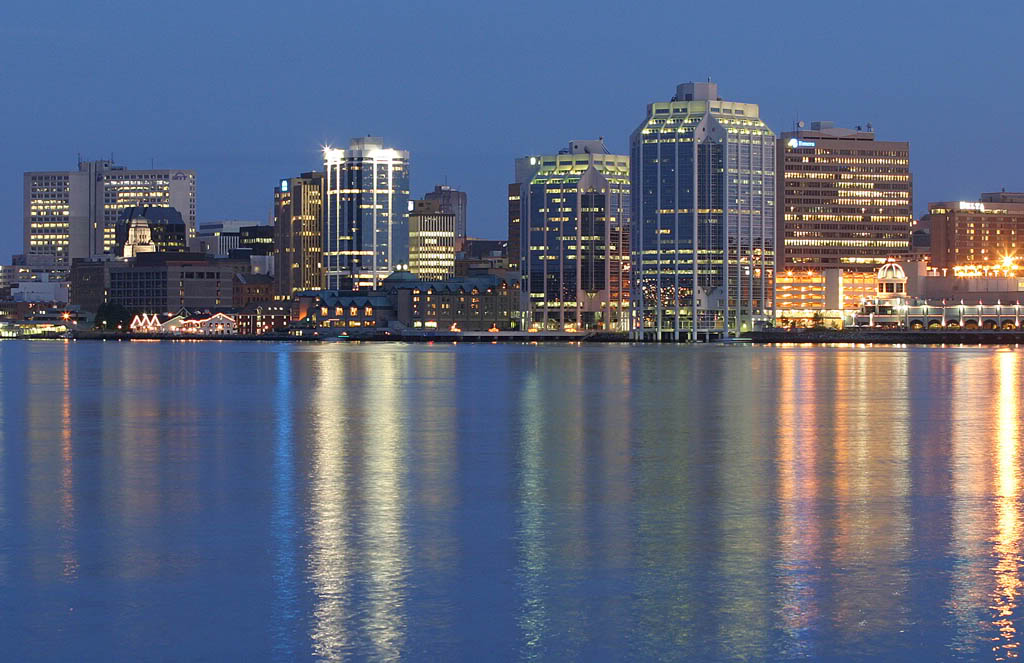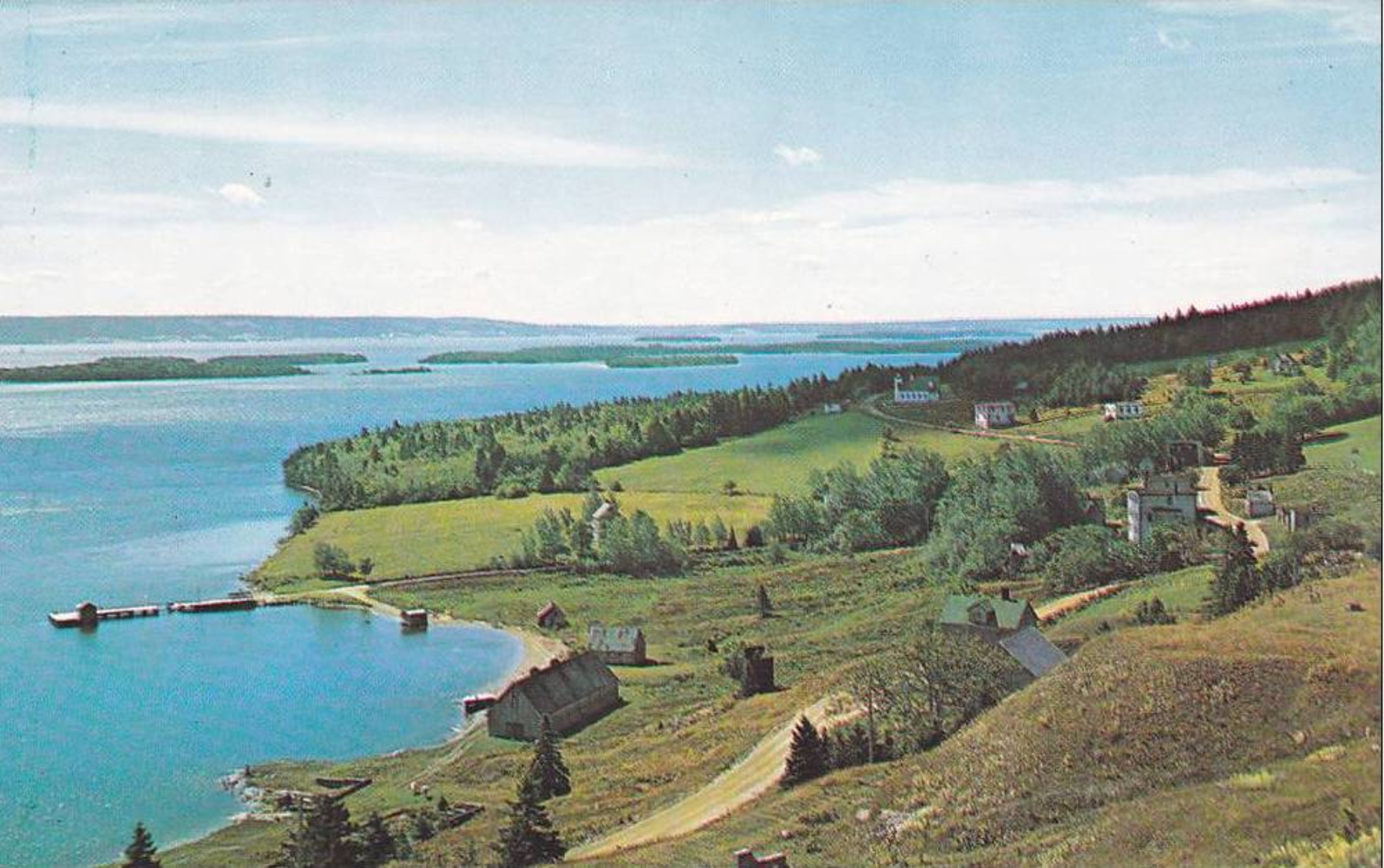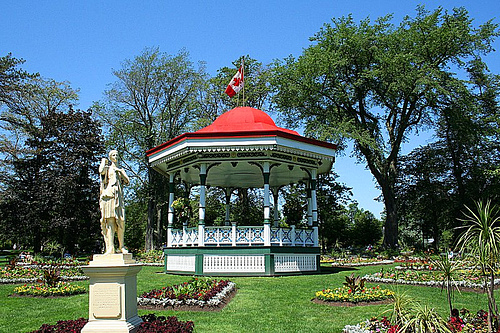Location:
New Brunswick is situated in the middle-east part of Canada. The principal cities are Fredericton, the capital, Greater Moncton, the largest metropolitan area and the most populous city, and the port city of Saint John, which was the first incorporated city in Canada.
In the Canada 2016 Census the provincial population has been 747,101.
History:
The original First Nations inhabitants of New Brunswick were members of three distinct tribes.
New Brunswick is one of Canada's three Maritime provinces and is the only constitutionally bilingual (English–French) province.The majority of the population is English-speaking but there is also a large Francophone minority (33%).
Rivers:
The major river systems of the province include the St. Croix River, Saint John River, Kennebecasis River but although smaller, the Bouctouche River, Richibucto River and Kouchibouguac River are also important.
Parks:
The most important parks are: Provincial Parks: de la République, Herring Cove, Mactaquac
National Parks: Fundy National Park, Kouchibouguac National Park
International Parks: Roosevelt Campobello International Park
Special food and drinks:
Seafood, home-made baked beans with steamed brown bread, Rapee pie made with chicken, La Rapure(tomato and salted pork dish) and maple syrup drizzled on pancakes are the most typical food in New Brunswick.
Hope you have enjoyed and there aren´t any photo because we had some problems to upload them but you can search on google about this topic. :)
Done by Rubén García Ania and Pablo Fernandez Riesgo.
Done by Rubén García Ania and Pablo Fernandez Riesgo.





